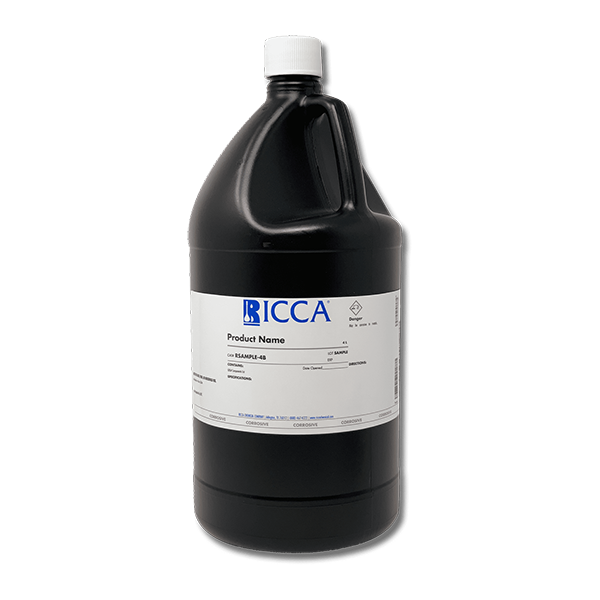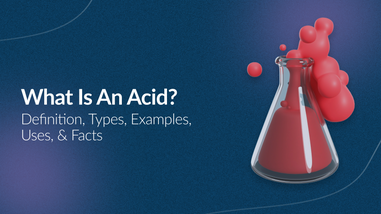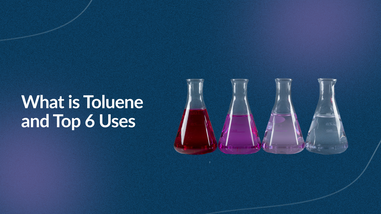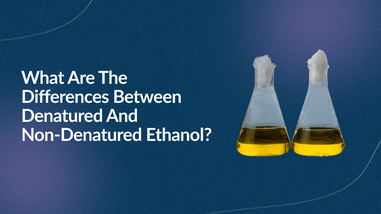- No products in the cart.
Sodium hypochlorite (NaOCl), more commonly known as bleach, is a ubiquitous household product. From disinfecting surfaces to whitening clothes, its applications seem endless. But have you ever wondered about the science behind this powerful cleaning agent? This blog delves into the fascinating world of sodium hypochlorite, exploring its chemical properties and the key reactions that make it so effective.
Chemical Composition and Structure
Sodium hypochlorite is a simple ionic compound consisting of a sodium cation (Na+) and a hypochlorite anion (ClO-). The hypochlorite anion is the real powerhouse of bleach, containing a chlorine atom (Cl) bonded to an oxygen atom (O) with an additional negative charge. This unique structure allows sodium hypochlorite to readily participate in various chemical reactions, making it a potent oxidizer.
Key Chemical Properties
There are several key chemical properties that define sodium hypochlorite's behavior:
- Oxidation: Sodium hypochlorite is a strong oxidizing agent. In simpler terms, it readily donates oxygen atoms to other molecules, causing them to lose electrons and undergo oxidation. This oxidizing power is the cornerstone of bleach's ability to kill bacteria, viruses, and fungi.
- Decomposition: Sodium hypochlorite is not particularly stable, especially in warm or concentrated solutions. Over time, it decomposes into sodium chloride (common salt - NaCl), oxygen gas (O2), and water (H2O). This decomposition releases chlorine gas, which also contributes to bleach's disinfecting properties.
- pH Dependence: The effectiveness of sodium hypochlorite as a disinfectant is influenced by pH. In acidic environments (low pH), it readily forms hypochlorous acid (HOCl), the most potent disinfecting agent in bleach solutions. Conversely, in basic environments (high pH), the concentration of hypochlorous acid drops, reducing the disinfecting power.
Reactions that Make Bleach Work
Sodium hypochlorite participates in various reactions that contribute to its disinfecting and cleaning abilities:

- Killing Microorganisms: When bleach comes into contact with bacteria, viruses, and fungi, the hypochlorous acid (HOCl) or chlorine gas (Cl2) disrupts their cell membranes. This damages essential cellular components, ultimately killing the microorganisms.
- Stain Removal: Many colored stains are caused by organic molecules with complex structures. The oxidizing power of sodium hypochlorite breaks down these molecules, often resulting in colorless byproducts that are easily rinsed away.
- Deodorization: Many unpleasant odors arise from organic compounds. Similar to stain removal, bleach can oxidize and break down these odor-causing molecules, eliminating the unpleasant smells.
Safety Considerations
While sodium hypochlorite is a versatile cleaning agent, it's crucial to handle it with caution. Here are some key safety points to remember:
- Never mix bleach with other cleaning products. Mixing bleach with certain chemicals, such as ammonia or acidic cleaners, can create toxic fumes.
- Always wear gloves and eye protection when using bleach. Bleach can irritate skin and eyes.
- Ensure proper ventilation when using bleach. Inhaling chlorine gas can be harmful to the respiratory system.
- Keep bleach out of reach of children and pets. Bleach can be poisonous if ingested.
Sodium Hypochlorite in the Lab and Cleanrooms
Beyond its household applications, sodium hypochlorite plays a vital role in laboratories and cleanrooms. Here's why:
- Disinfection: Due to its ability to kill microorganisms, diluted bleach solutions are a cost-effective and efficient way to disinfect laboratory benches, equipment, and surfaces in cleanrooms. It's particularly useful for inactivating bacteria, viruses, and fungi that can compromise experiments or contaminate sensitive materials.
- Spill Cleanup: In the event of spills involving biological materials, diluted bleach solutions can be used for decontamination. The oxidizing action of bleach helps break down organic matter and inactivate any potential pathogens.
- Biohazard Waste Treatment: Low concentrations of sodium hypochlorite can be used to treat certain types of biohazard waste before disposal. This helps reduce the risk of infection from contaminated materials.
However, it's important to note that sodium hypochlorite has limitations in the lab setting:
- Material Compatibility: Bleach can corrode some metals and damage certain plastics. Compatibility with the materials being disinfected needs to be considered before use.
- Limited Activity Against Spores: While effective against most bacteria and viruses, bleach is not very effective against bacterial spores. For situations requiring spore inactivation, alternative disinfectants should be used.
- Short Shelf Life: Diluted bleach solutions lose their potency over time. Regular preparation of fresh solutions is crucial for optimal disinfection.
Conclusion
Sodium hypochlorite, despite its seemingly simple formula, holds a complex and fascinating world of chemistry within its structure. Its oxidizing properties and ability to participate in various reactions make it a powerful disinfectant, stain remover, and deodorizer. However, it's vital to handle this versatile yet potent chemical with care. By understanding the science behind sodium hypochlorite, we can utilize its benefits effectively while prioritizing safety.
For over 40 years, Lab Pro Inc. is your steadfast source for premium cleanroom wipes, hand tools, lab equipment, chemicals, and PPE apparel. Trusted by aerospace industries, medical device companies, and laboratories globally, we epitomize exceptional quality in every product. Experience the convenience of next day service in California. Contact us online or at 888-452-2776 to explore solutions tailor-made for the laboratory industry. Elevate your experiments with Lab Pro Inc. – your partner in precision and excellence.












































